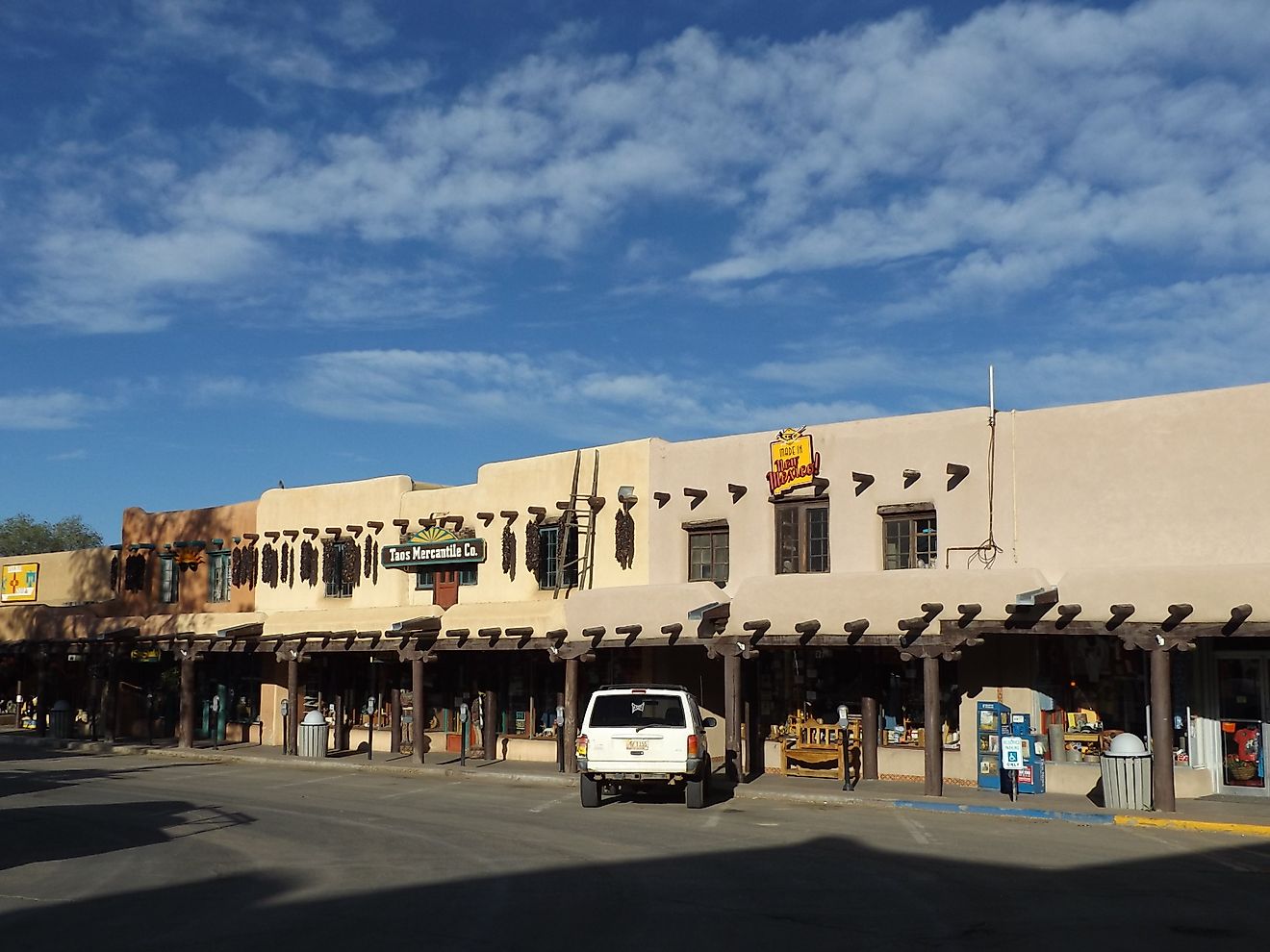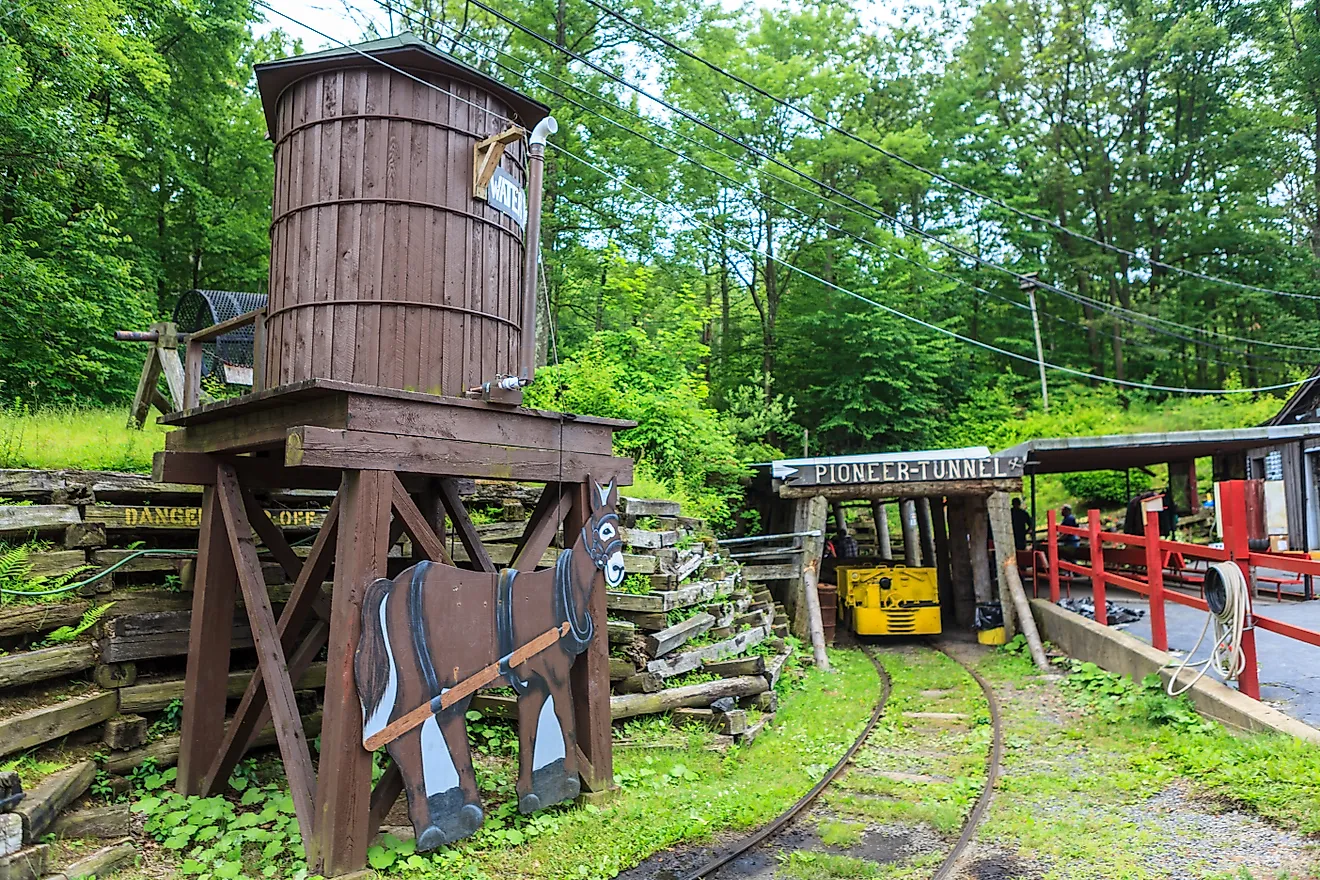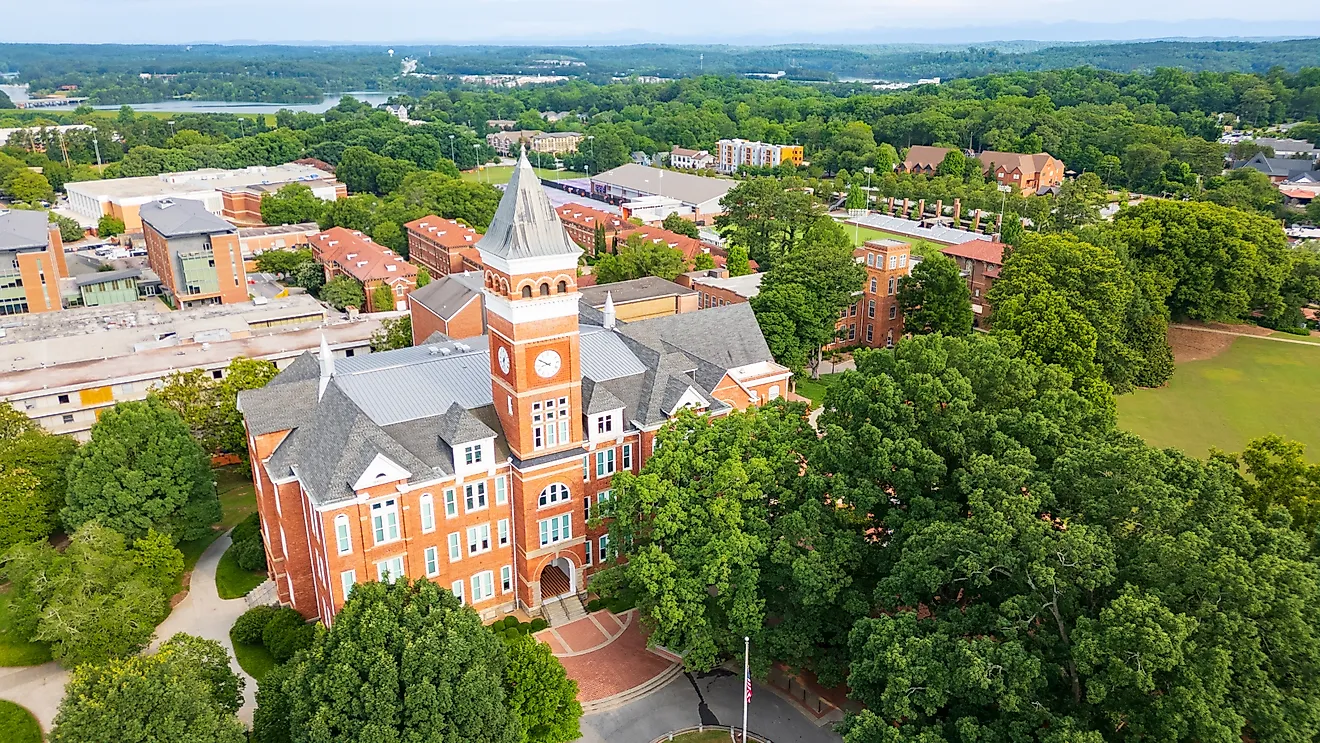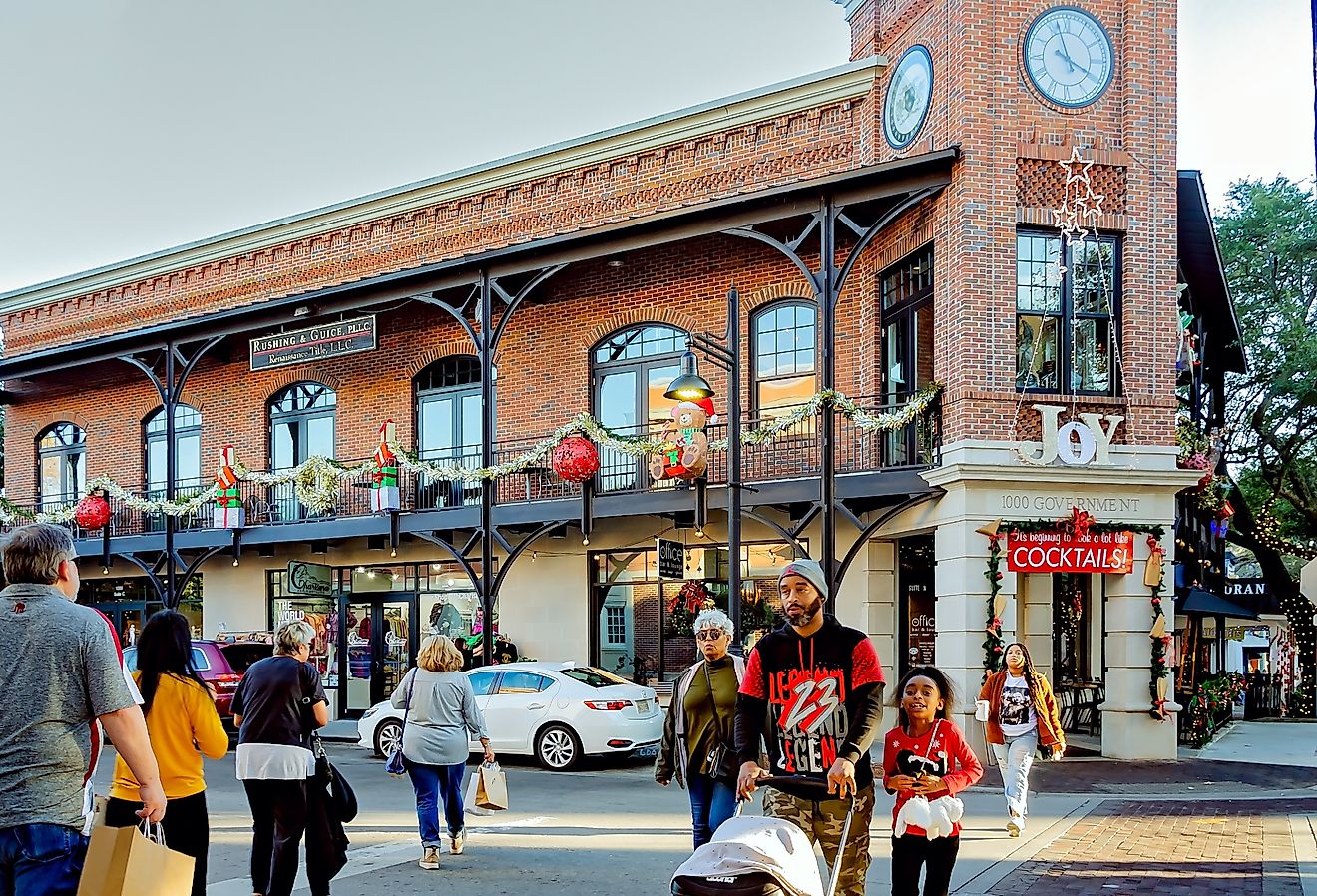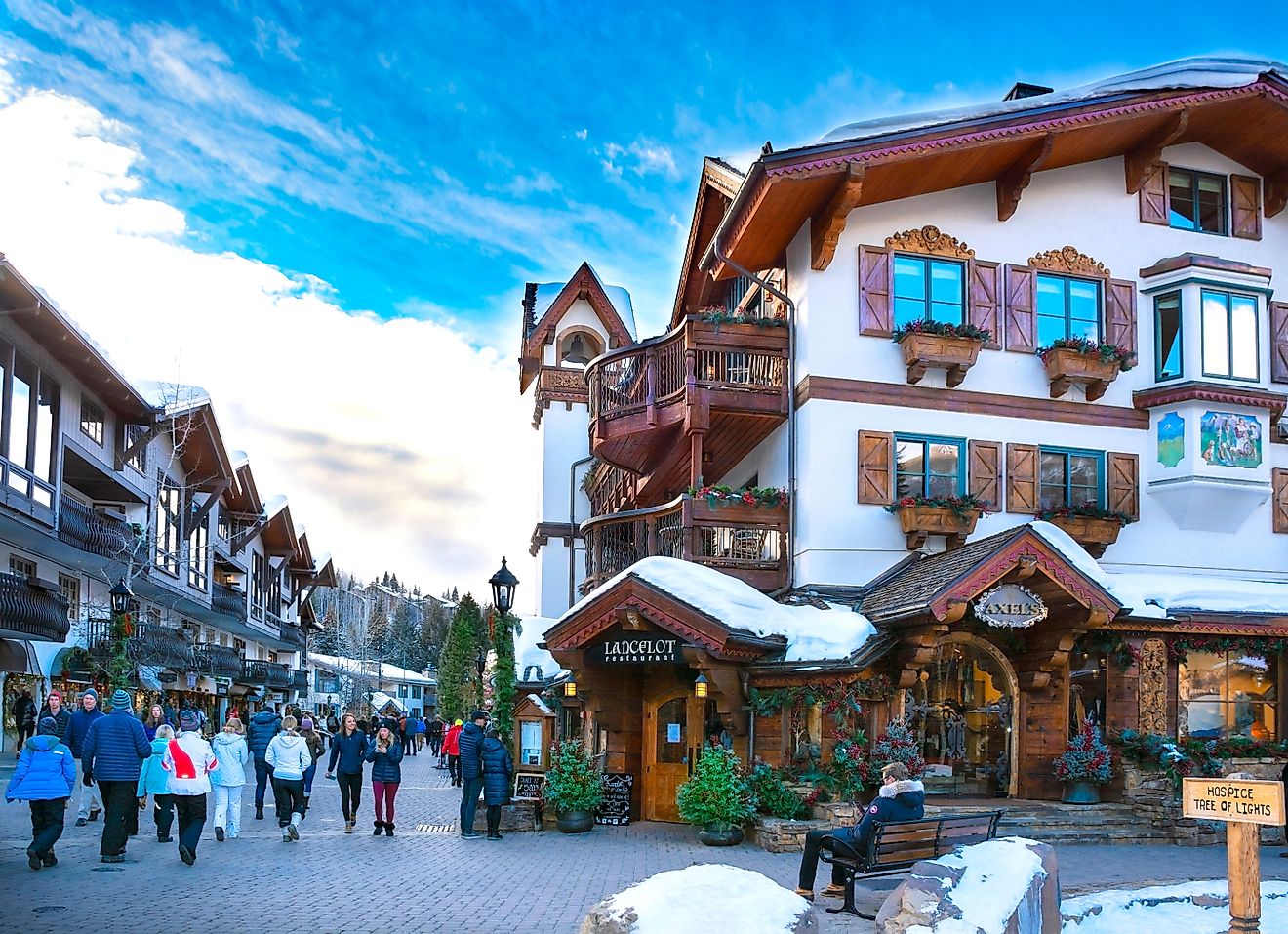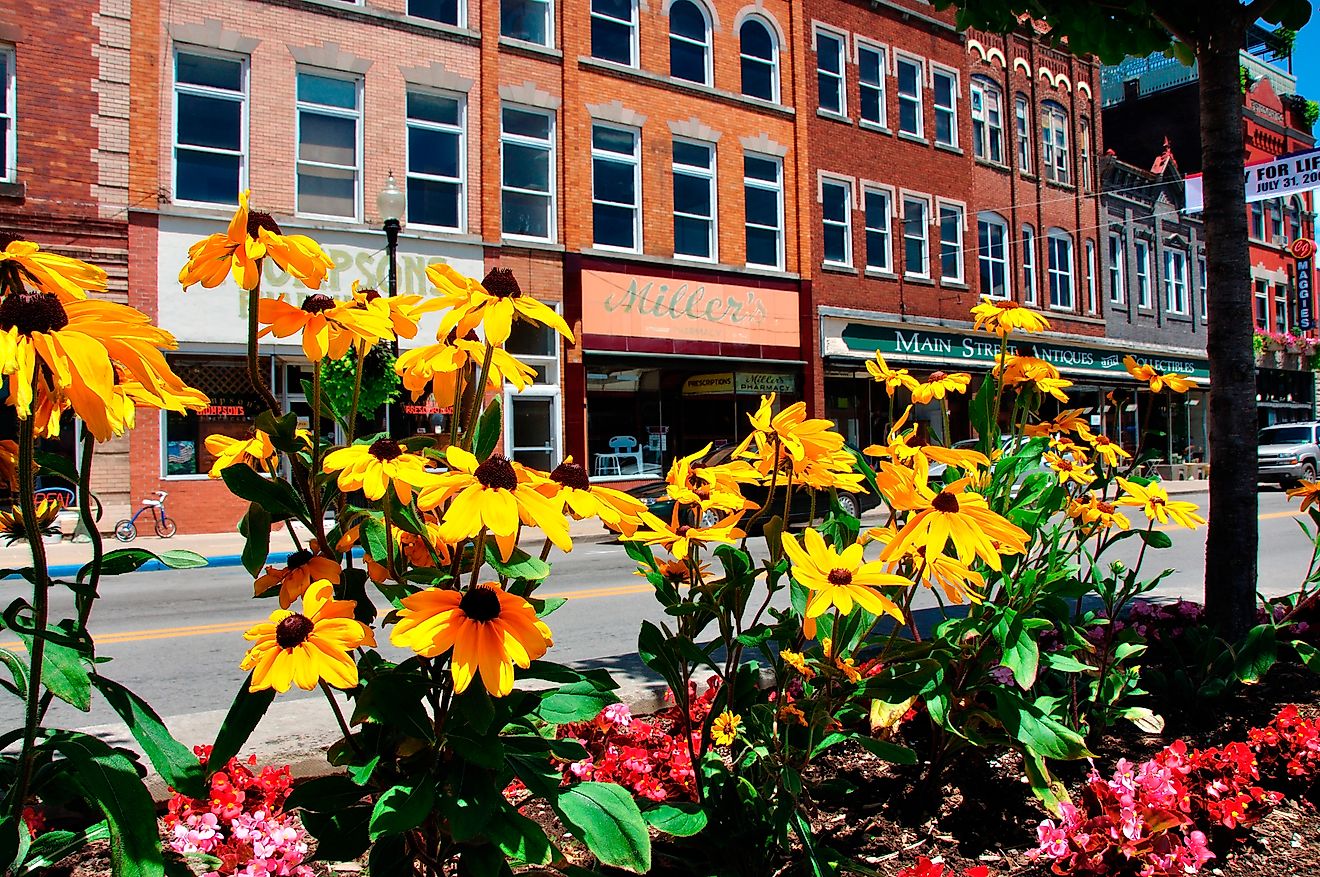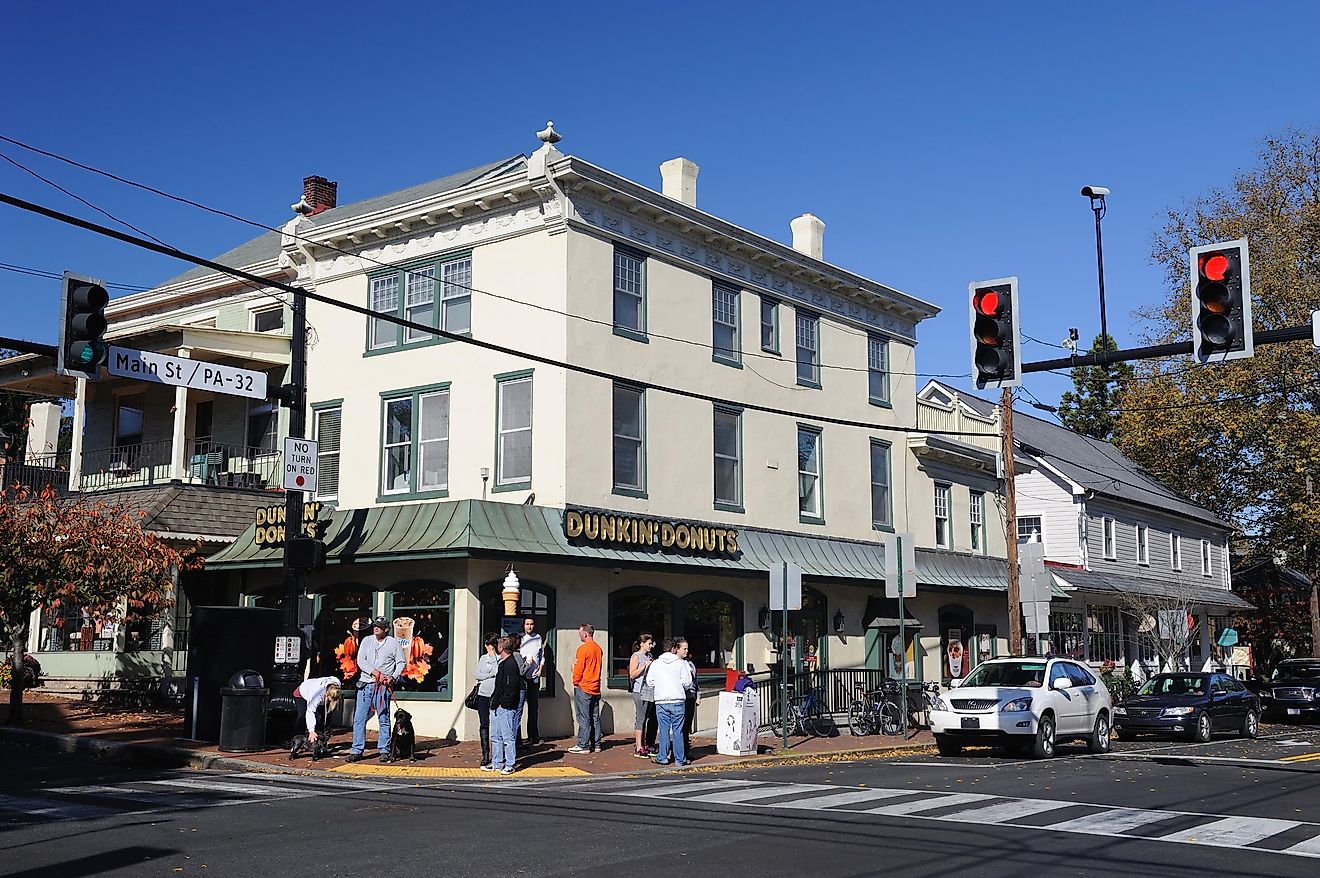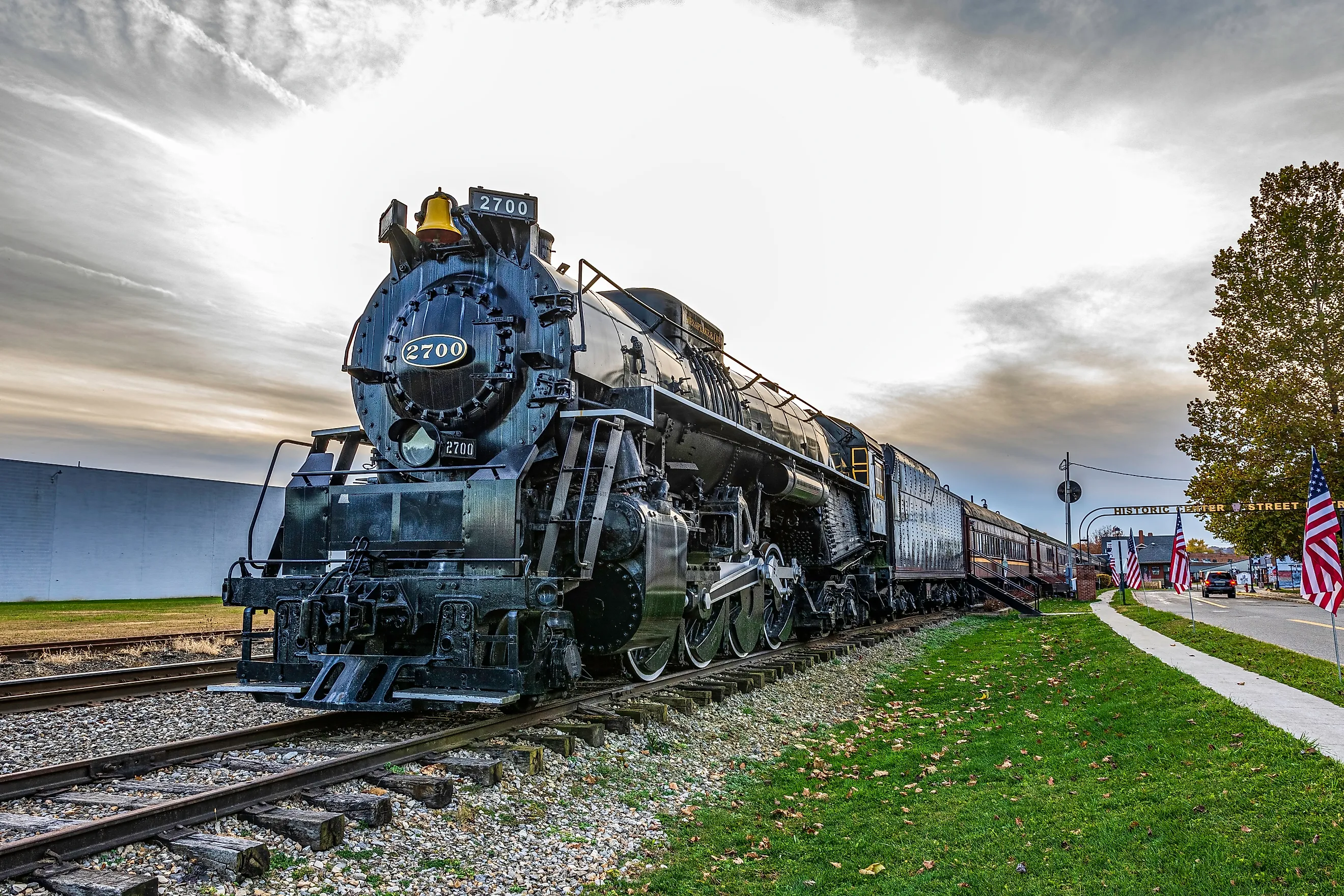
6 Charming Old Railroad Towns In Ohio
The Ohio landscape is stitched together by old rail lines that once carried workers and travelers across the state. Communities grew along these routes, and, although trains are no longer the main mode of travel, many towns still reflect that earlier era. Some have shifted toward cafés, restaurants, and festivals, while others keep a quieter pace. Each holds traces of its rail past in streets, museums, and local traditions. These six Ohio towns reflect that history in distinct and lasting ways.
Worthington
Worthington was not founded as a railroad town, but it has a long rail history that reaches back many years and remains visible today. The town was founded in 1803 by New England settlers who looked to James Kilbourne for leadership, and it became a market center for nearby farmland. By the late 19th century, an electric street railway linked Worthington and Columbus. The train ran every 30 minutes, allowing residents to live in Worthington while working in the city.
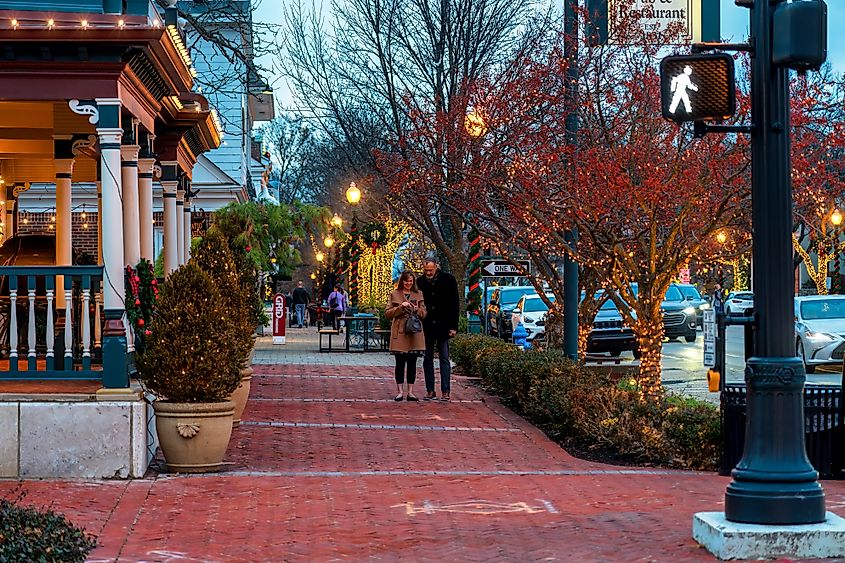
Visitors can learn more about this period at the Ohio Railway Museum, one of the oldest in the country, founded in 1948. Exhibits include locomotives, interurbans, streetcars, and artifacts. The Central Ohio Model Railroad Club displays detailed model trains, including a Thomas and Friends train that kids can operate. Families can visit Selby Park, which has swings and climbing walls. From May through October, the Worthington Farmer’s Market runs weekly and is the largest market in Central Ohio.
Marietta
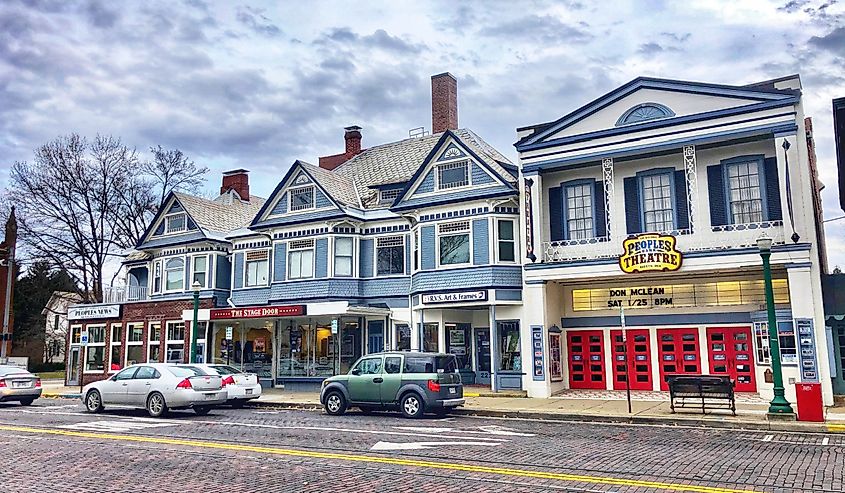
Marietta sits where the Ohio and Muskingum Rivers meet. Its railroad history shaped its development through the 19th and early 20th centuries. The town, established in 1788 as the oldest American settlement in Ohio, grew long before rail lines arrived. The arrival of the Marietta and Cincinnati Railroad, first chartered in 1845 as the Belpre and Cincinnati Railroad, changed its direction. On April 9, 1857, the first through-train from Cincinnati reached Marietta, connecting it to wider economic routes. The line later came under the control of the Baltimore and Ohio Railroad, linking the town to regional coal, freight, and passenger networks.

At the Campus Martius Museum, you can view exhibits that trace early settlement and regional history. The Castle Museum displays artifacts and documents from Marietta’s past. Early risers can watch the sun come up over the Ohio River from the gazebo along the shore. Ghost ads remain on old brick buildings throughout town, adding another layer to its historic landscape.
Bradford
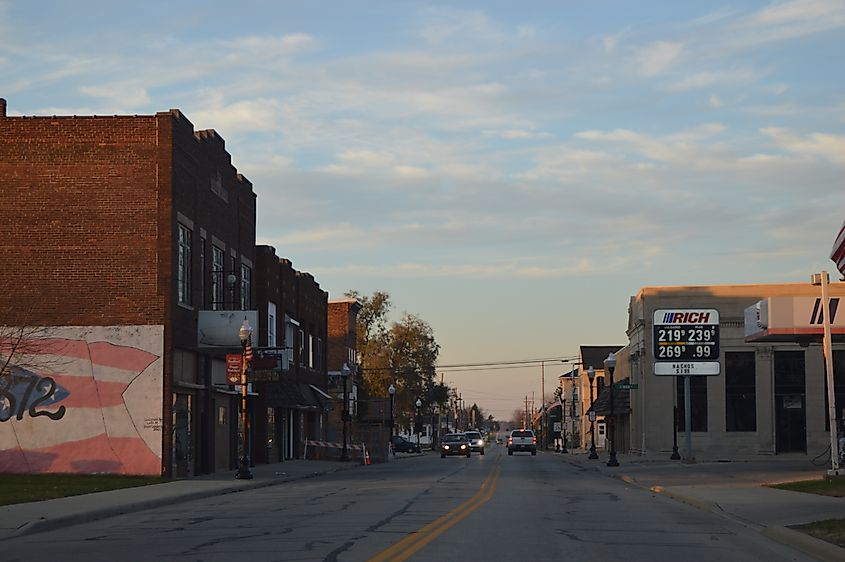
Bradford is an Ohio town shaped by the railroad from its earliest days. It was established in 1857 when the first train stopped at the end of the railhead on the Miami and Darke County line. The town’s growth remained tied to the railroad for more than 100 years, and the railroad was its main employer during that time. Bradford once had a 50-stall roundhouse where steam engines were stored and maintained by 2,000 local workers. The town was named after Tom Bradford, a railroad official.
Bradford’s rail history is preserved at the Bradford Ohio Railroad Museum. The Pennsylvania Railroad BF Tower, built in 1929 to replace a wooden structure, still stands and once controlled rail traffic at Bradford Junction. If you visit in September, the Railroad Heritage Festival highlights the town’s rail past with train rides for children and boxcar building. For outdoor time, Goode Prairie Preserve has a trail to hike and wildflowers to photograph in summer.
Deshler

Deshler, in Henry County, was laid out around a railroad crossing. The town was platted in 1873 and named for John G. Deshler. It became known as The Crossroads of the B&O because the Baltimore and Ohio Railroad’s Detroit and Toledo to Cincinnati line crossed the Chicago to Washington, D.C. mainline here. This made the town a busy point for rail traffic. Today, CSX runs both lines through Deshler, and as many as 70 trains pass through each day.
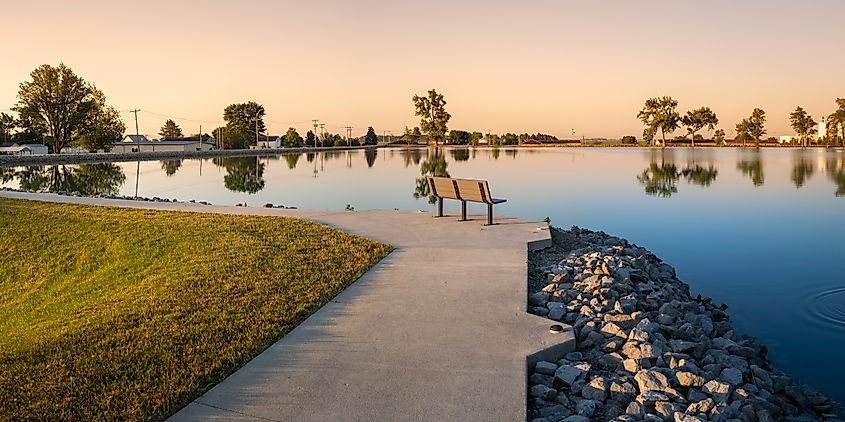
Visitors often spend time at Deshler Crossroads Park, where rail fans watch trains and photograph engines and cars. For a look beyond rail history, Memorial Field at Northeast Avenue and Hamilton Road commemorates wars and times of peace and was dedicated in 1956. Deshler also maintains a large public swimming pool open in summer, along with playgrounds and a tennis court. Those interested in fishing can purchase a license and head to the Deshler Reservoir.
Dennison

Dennison was built on railroads and coal. In the mid-19th century, railroad companies saw Dennison as a useful place for locomotives to refill water tanks. The town sits about 100 miles from both Pittsburgh and Columbus. In 1864, the Pittsburgh, Cincinnati, and St. Louis Railway built large rail shops and yards here, some covering around 40 acres, which were among the largest in the country. The town was laid out soon after, named for Governor William Dennison, and grew quickly. By 1873, the area had a full workforce, a rail station, roundhouses, foundries, and turntables. Over time, 3,000 people worked in the railyards, and the Pennsylvania Railroad Company incorporated the line.

The Dennison Railroad Depot Museum, at 400 Center Street, once served as the Panhandle Division Headquarters and now includes exhibits, a restaurant, and a B&B. The museum presents stories from the WWII Homefront and has several railroad cars, including a Feature Exhibit Car, a WWII Hospital Car, and a Children’s Interactive Railroad Car Experience. The Schoolhouse Restaurant, a historic schoolhouse converted into a dining space, serves all-American meals such as meatloaf, fried chicken, and country-fried steak. It is about 135 miles from town in Camp Dennison.
Fostoria
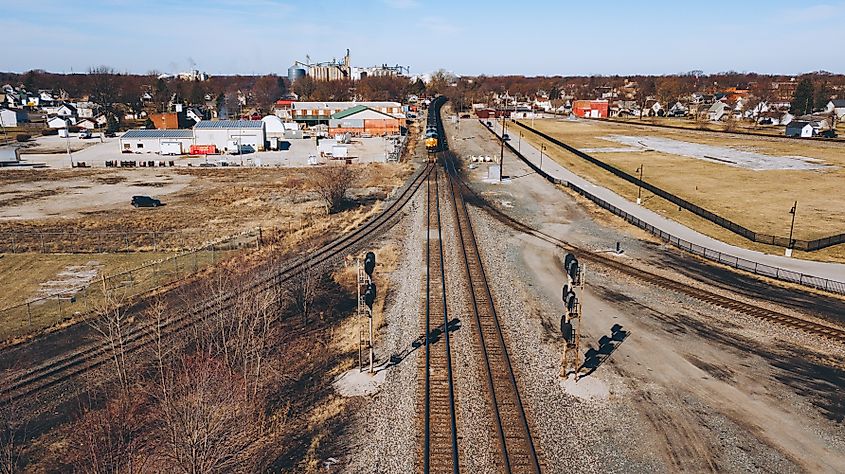
Fostoria was formed in 1854 when the small settlements of Rome and Risdon merged. The town grew as a rail crossroads, and by the end of the 19th century, it was in the midst of a glassmaking boom supported by the availability of natural gas. Thirteen glass factories operated here, a level of production made possible by reliable rail transport.
In 2025, Fostoria remains known for its rail activity. After natural gas ran out and the glass factories closed, trains remained central to the town. Around one hundred trains pass through Fostoria each day, making it a strong destination for rail fans. The Fostoria Glass Heritage Gallery presents the area’s glassmaking past, with 1,000 pieces on display and descriptions of patterns and manufacturers. For outdoor space, Foundation Park includes thirteen baseball and softball fields, picnic shelters, and concession stands.
Ohio’s Rail Legacy in Everyday Life
A trip through these old railroad towns reveals more history than expected. The golden railway era shaped local identity across Ohio, and each town still reflects that past in its streets, museums, and parks. Whether you focus on trains or small-town settings, the route shows how rail lines influenced daily life. The experience also highlights how earlier eras remain present, forming a thread that continues through communities across the state.
